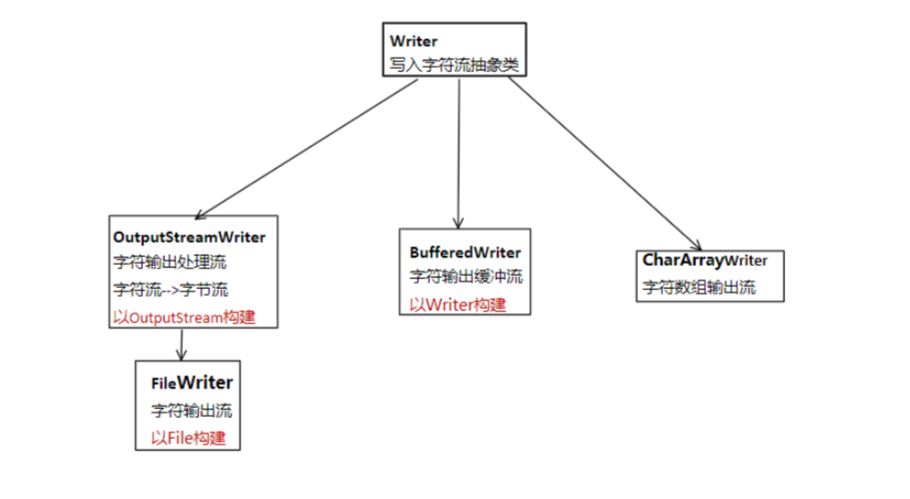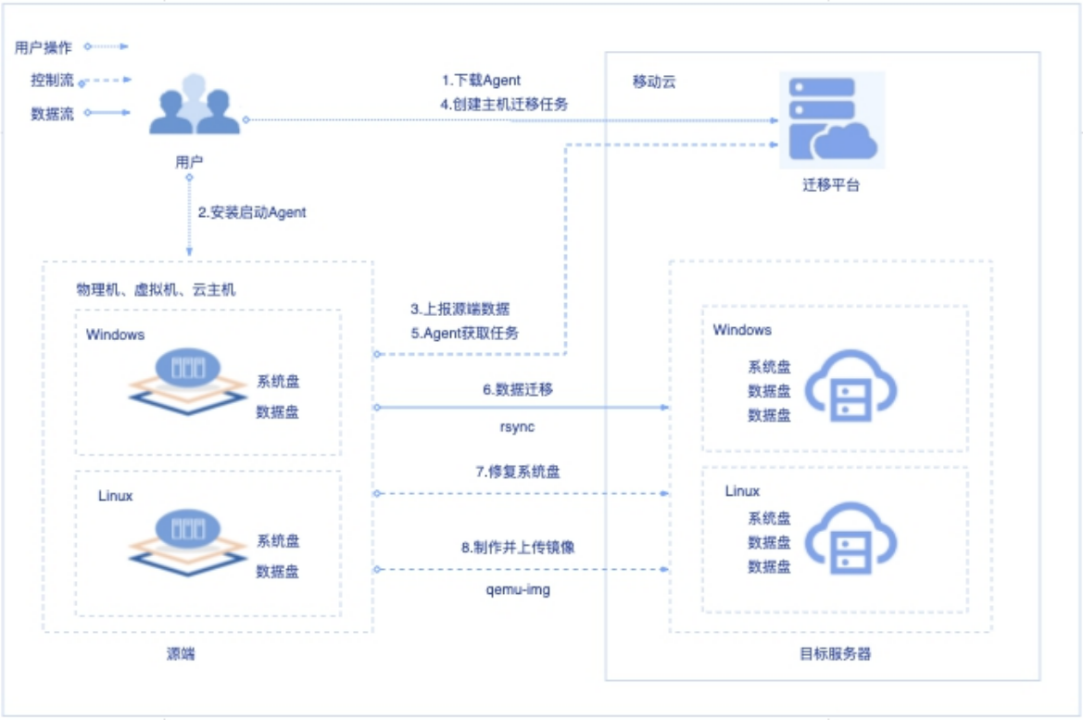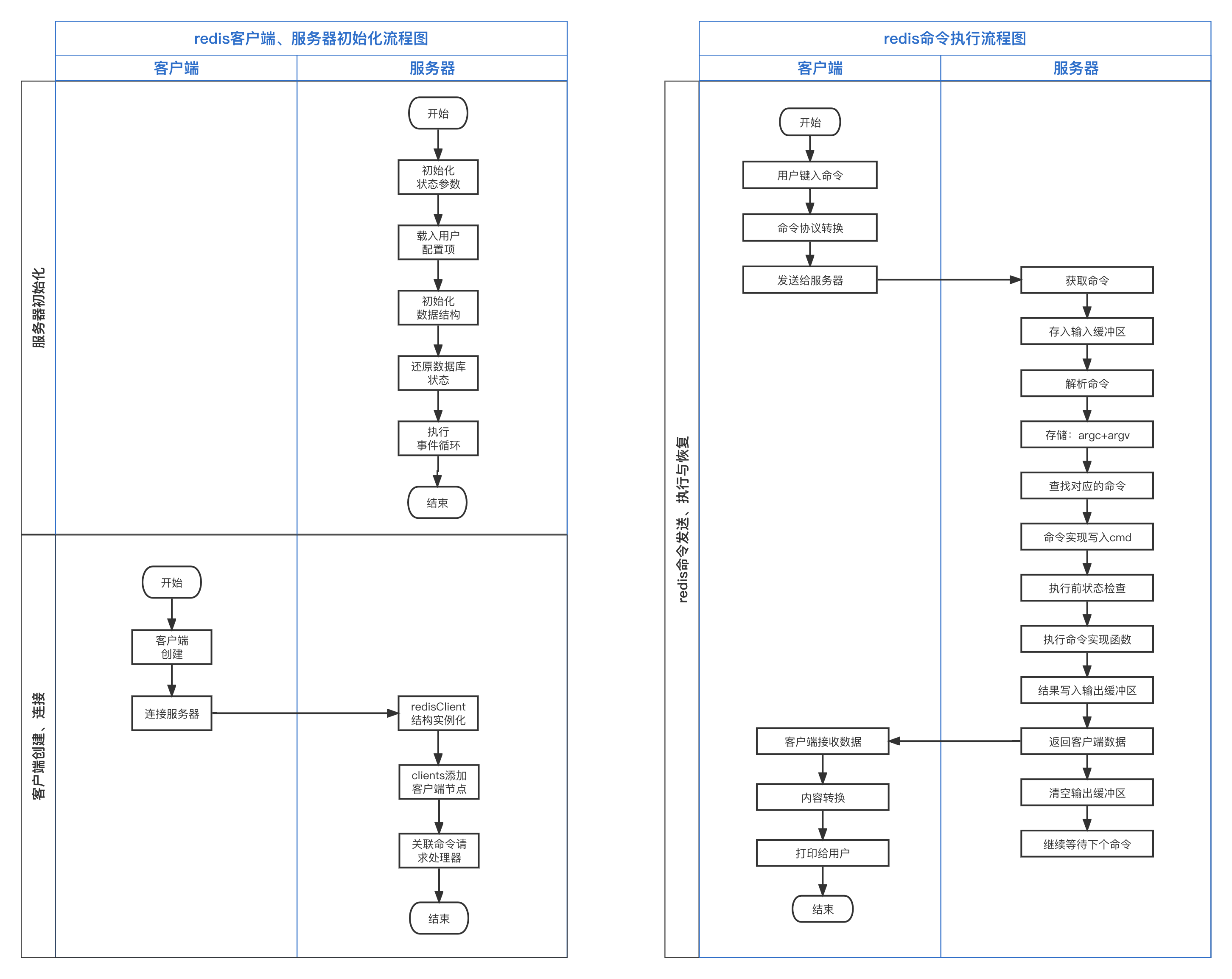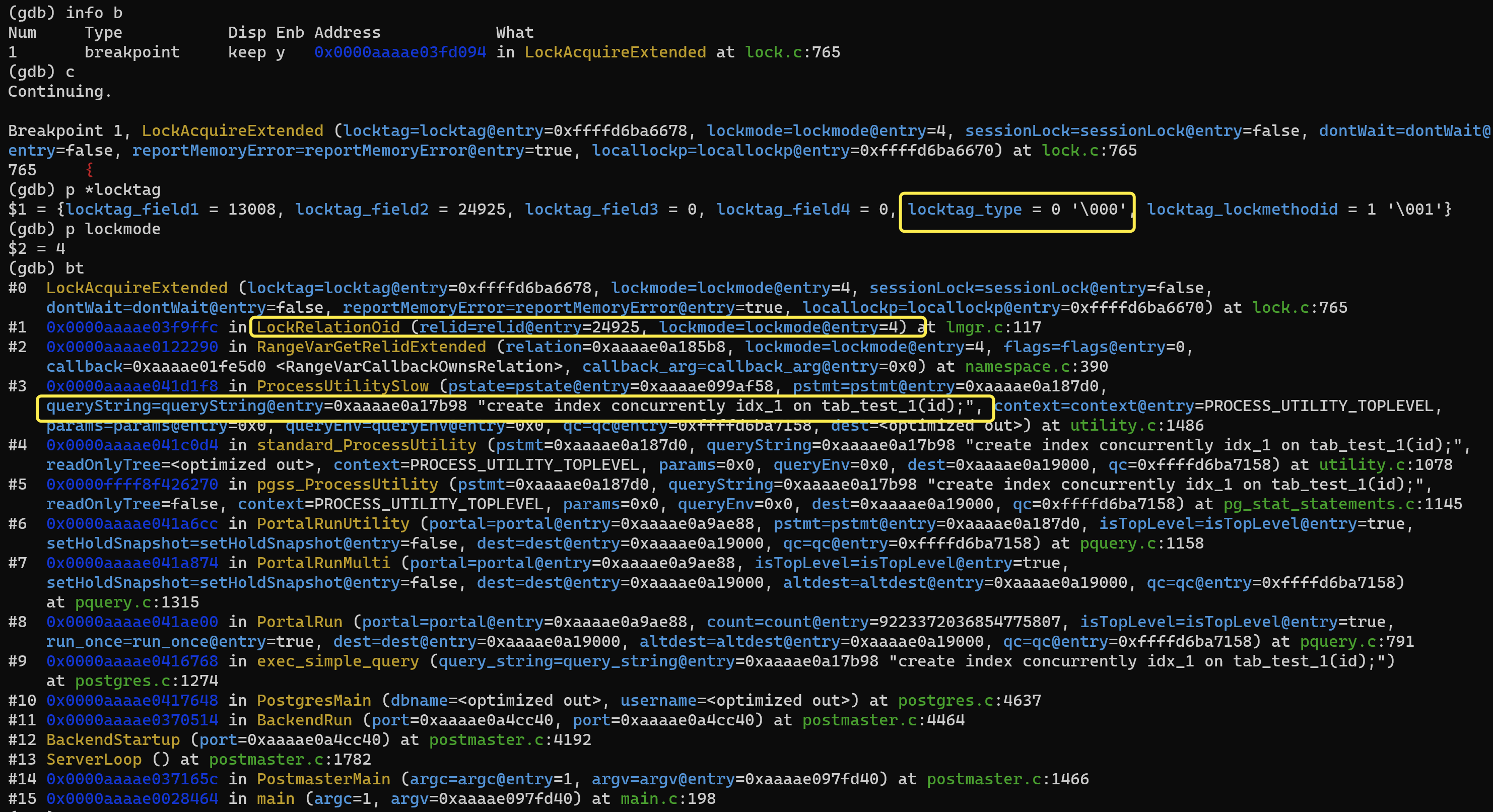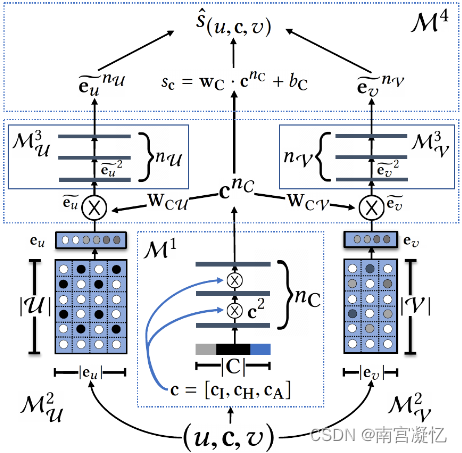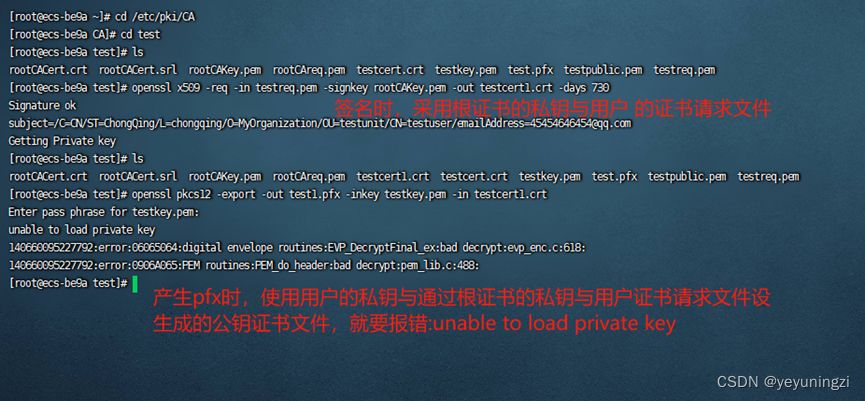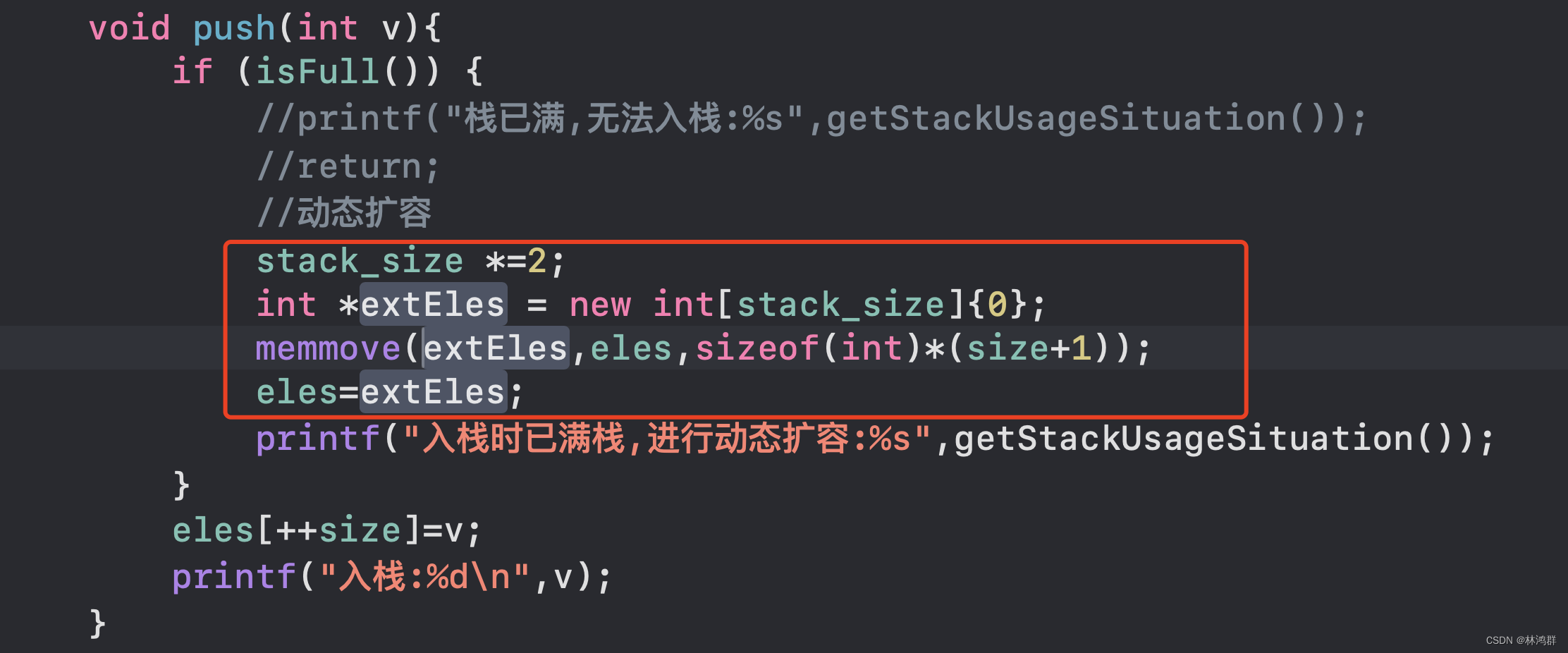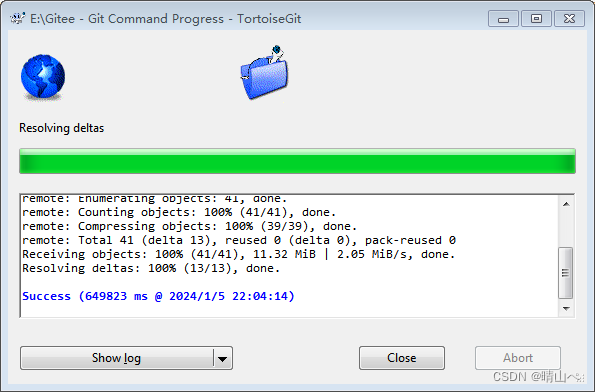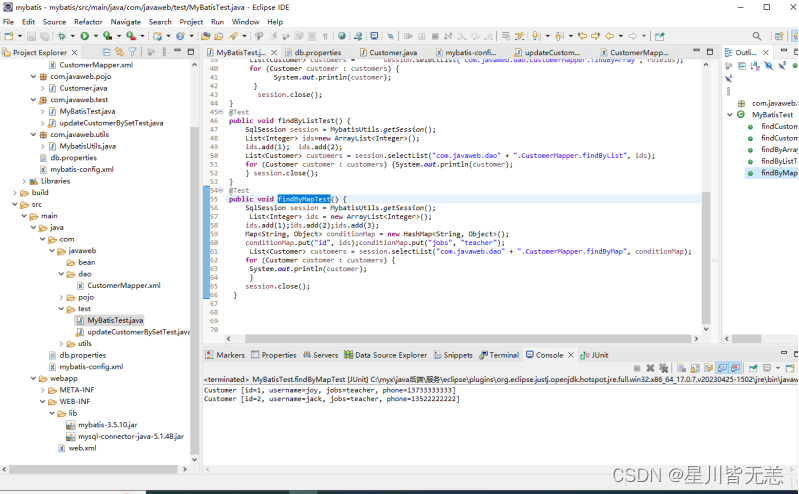线程一旦启动起来后,会一直运行,除非该线程主动调用do_exit函数,或者其他的进程调用kthread_stop函数,结束线程的运行。
之前找销毁内核线程的接口时,发现了kthread_stop这个接口。网上说这个函数能够销毁一个内核线程。
最开始以为对于一个已经唤醒的内核线程,我们直接调用这个接口就能够让这个线程自动退出。后面经过试验发现并不是这样的======》kthread_stop只是通知线程退出,至于线程是否会退出,取决于线程的行为,即是否有kthread_should_stop动作,去检查,去主动退出
测试代码1
static struct task_struct *test_task;
struct task_struct *task;
struct timer_list timer;
int test_thread(void* a)
{printk(KERN_EMERG "\r\n thread start\n");
#ifdef CONFIG_PREEMPT_COUNTprintk(KERN_EMERG "\r\n CONFIG_PREEMPT_COUNT\n");
#elseprintk(KERN_EMERG "\r\n not define CONFIG_PREEMPT_COUNT\n");
#endif while (1){if( kthread_should_stop()){printk(KERN_EMERG "\r\n exit while\n");break;}msleep(10000); }printk(KERN_EMERG "\r\n thread end\n");return 0;
}
int kill_thread(void* a)
{if (NULL != test_task){printk(KERN_EMERG "\r\n attempt kill test_thread\n");kthread_stop(test_task);printk(KERN_EMERG "\r\n kill test_thread complete\n");}return;
}
void timer_work(unsigned long data)
{wake_up_process(task);return;
}static int smsc911x_init(struct net_device *dev)
{
................ timer.expires=jiffies+msecs_to_jiffies(20000);timer.function=timer_work;init_timer(&timer);add_timer(&timer);printk(KERN_EMERG "\r\n create thread\n");//spin_lock(&lockdep_test);test_task = kthread_create(test_thread, NULL, "test_task");wake_up_process(test_task); task = kthread_create(kill_thread, NULL, "kill_task");//kthread_stop(test_task);printk(KERN_EMERG "\r\n create thread end\n");
.....................
}log如下:可以看到在上面的代码样例中(kthread_should_stop必须要有这个),确实能够让内核线程退出


测试代码2
将内核线程的处理函数里面的kthread_should_stop去掉,其他保持不变。看看会发生什么
int test_thread(void* a)
{printk(KERN_EMERG "\r\n thread start\n");
#ifdef CONFIG_PREEMPT_COUNTprintk(KERN_EMERG "\r\n CONFIG_PREEMPT_COUNT\n");
#elseprintk(KERN_EMERG "\r\n not define CONFIG_PREEMPT_COUNT\n");
#endif while (1){/*if( kthread_should_stop()){printk(KERN_EMERG "\r\n exit while\n");break;}*/msleep(10000); }printk(KERN_EMERG "\r\n thread end\n");return 0;
}log如下:可以看到。如果处理函数里面没有kthread_should_stop,即使通过kthread_stop通知内核线程应该退出了,但是内核线程不去检查是否应该退出,那么内核线程也是无法退出的。即kthread_stop是无法强制杀死内核线程的

测试 代码3
内核线程处理函数不要kthread_should_stop,在内核线程刚被创建并唤醒的时候,调用kthread_stop通知其退出。按照测试代码2,它应该不会主动退出的。但是实测这样是可以让内核线程退出的(甚至内核线程都没有被调度),这里没有想明白
static struct task_struct *test_task;
int test_thread(void* a)
{printk(KERN_EMERG "\r\n thread start\n");
#ifdef CONFIG_PREEMPT_COUNTprintk(KERN_EMERG "\r\n CONFIG_PREEMPT_COUNT\n");
#elseprintk(KERN_EMERG "\r\n not define CONFIG_PREEMPT_COUNT\n");
#endif while (1){/*if( kthread_should_stop()){printk(KERN_EMERG "\r\n exit while\n");break;}*/msleep(10000); }printk(KERN_EMERG "\r\n thread end\n");return 0;
}static int smsc911x_init(struct net_device *dev)
{
........................ /*timer.expires=jiffies+msecs_to_jiffies(20000);timer.function=timer_work;init_timer(&timer);add_timer(&timer);*/printk(KERN_EMERG "\r\n create thread\n");//spin_lock(&lockdep_test);test_task = kthread_create(test_thread, NULL, "test_task");wake_up_process(test_task); //task = kthread_create(kill_thread, NULL, "kill_task");kthread_stop(test_task);printk(KERN_EMERG "\r\n create thread end\n");
......................................
}log如下:可以看到内核线程打印的thread start,并且也搜到对应的内核线程
后面有时间研究一下这个是为什么


现在来解答为什么测试代码3能够让内核线程退出
static int kthread(void *_create)
{/* Copy data: it's on kthread's stack */struct kthread_create_info *create = _create;int (*threadfn)(void *data) = create->threadfn;void *data = create->data;struct completion *done;struct kthread *self;int ret;self = kzalloc(sizeof(*self), GFP_KERNEL);set_kthread_struct(self);/* If user was SIGKILLed, I release the structure. *//* 将create->done赋值为NULL,并返回create->done原来的值 */done = xchg(&create->done, NULL);if (!done) {kfree(create);do_exit(-EINTR);}if (!self) {create->result = ERR_PTR(-ENOMEM);complete(done);do_exit(-ENOMEM);}self->data = data;init_completion(&self->exited);init_completion(&self->parked);/* 此时的current就已经是我们创建好的内核线程了 */current->vfork_done = &self->exited;/* OK, tell user we're spawned, wait for stop or wakeup */__set_current_state(TASK_UNINTERRUPTIBLE);//__kthread_create_on_node里面将result当做返回值的原因在这里体现create->result = current;/* 在这里释放的completion,__kthread_create_on_node才会继续往下走 */complete(done);/*可以看到内核线程创建完了会先让出cpu,并不会立即执行我们的线程处理函数这就是我们为什么需要wake_up_process的原因,需要wake之后,才会继续从这里执行然后走到我们的threadfn*/schedule();ret = -EINTR;/*这个检查,我怀疑就是导致kthread_stop表现出不同行为的原因*/if (!test_bit(KTHREAD_SHOULD_STOP, &self->flags)) {cgroup_kthread_ready();__kthread_parkme(self);/* 执行内核线程设置的处理函数 */ret = threadfn(data);}/* 可以看到如果threadfn执行完了,内核线程退出是do_exit */do_exit(ret);
}个人认为这里就是wake_up_process后立即调用kthread_stop能让内核线程退出的原因(在函数kthread中)。
/*这个检查,我怀疑就是导致kthread_stop表现出不同行为的原因*/if (!test_bit(KTHREAD_SHOULD_STOP, &self->flags)) {cgroup_kthread_ready();__kthread_parkme(self);/* 执行内核线程设置的处理函数 */ret = threadfn(data);}1、在调用kthread_stop之后会设置 KTHREAD_SHOULD_STOP。如果设置了这个标记后,在走到这个地方,一定不会执行内核线程处理函数threadfn,所以也不会有我们的打印
那如何能保证一定是先设置标记,在执行内核线程呢?
1、创建好内核线程后会先让出cpu,所以内核线程想要运行必须要先被唤醒wake_up_process(其实这里没有搞明白,如果是就绪的内核线程,即使被换下cpu了,也可以被调度器再次调度。这里的内核线程是如何保证,在wake up前不会被调度呢?)
/* 在这里释放的completion,__kthread_create_on_node才会继续往下走 */complete(done);/*可以看到内核线程创建完了会先让出cpu,并不会立即执行我们的线程处理函数这就是我们为什么需要wake_up_process的原因,需要wake之后,才会继续从这里执行然后走到我们的threadfn*/schedule();
2、我编译的内核是非抢占的,因此在wake_up_process和kthread_stop之间,如果没有主动让出cpu的行为,内核线程是没有机会得到执行的(那能不能拿到其他核上面执行呢??)。所以就能保证一定是先设置标记,在被调度。
基于第2点在进行实验:结论是有可能在其他核上执行的
测试代码如下
如果test_task不进行绑核,唤醒内核线程后空转5s中,内核线程是会被调度的。但是如果是下面经过绑核的代码,内核线程是无法被执行的。即使wake_up_process和kthread_stop之前空转了5s,
int test_thread(void* a)
{printk(KERN_EMERG "\r\n thread start\n");
#ifdef CONFIG_PREEMPT_COUNTprintk(KERN_EMERG "\r\n CONFIG_PREEMPT_COUNT\n");
#elseprintk(KERN_EMERG "\r\n not define CONFIG_PREEMPT_COUNT\n");
#endif while (1){if( kthread_should_stop()){printk(KERN_EMERG "\r\n exit while\n");break;}msleep(10000); }printk(KERN_EMERG "\r\n thread end\n");return 0;
}
static int smsc911x_init(struct net_device *dev)
{
............................test_task = kthread_create(test_thread, NULL, "test_task");kthread_bind(test_task, smp_processor_id());wake_up_process(test_task); //task = kthread_create(kill_thread, NULL, "kill_task");mdelay(5000);kthread_stop(test_task);printk(KERN_EMERG "\r\n create thread end\n");
.....................
}使用注意事项
1、在执行kthread_stop的时候,目标线程必须没有退出,否则会Oops。原因很容易理解,当目标线程退出的时候,其对应的task结构也变得无效,kthread_stop引用该无效task结构就会出错。
2、内核线程的处理函数里面需要有kthread_should_stop,用于检查是否应该主动退出,否则线程是不会主动退出的。
